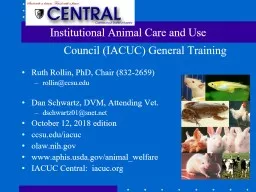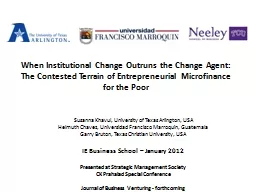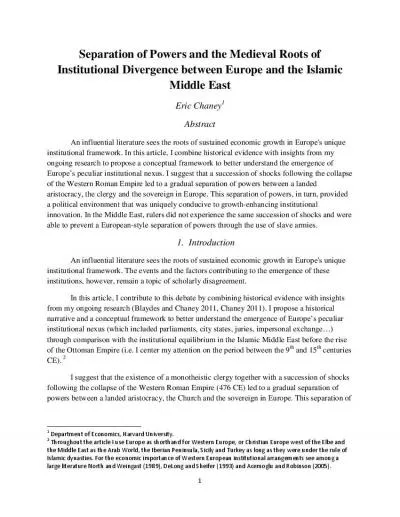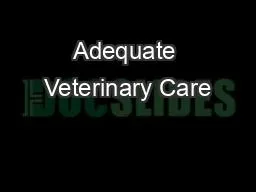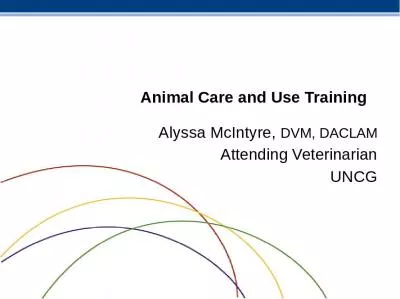PPT-Institutional Animal Care and Use
Author : SereneBeauty | Published Date : 2022-08-04
Council IACUC General Training Ruth Rollin PhD Chair 8322659 rollinccsuedu Dan Schwartz DVM Attending Vet dschwartz01snetnet October 12 2018 edition ccsueduiacuc
Presentation Embed Code
Download Presentation
Download Presentation The PPT/PDF document "Institutional Animal Care and Use" is the property of its rightful owner. Permission is granted to download and print the materials on this website for personal, non-commercial use only, and to display it on your personal computer provided you do not modify the materials and that you retain all copyright notices contained in the materials. By downloading content from our website, you accept the terms of this agreement.
Institutional Animal Care and Use: Transcript
Download Rules Of Document
"Institutional Animal Care and Use"The content belongs to its owner. You may download and print it for personal use, without modification, and keep all copyright notices. By downloading, you agree to these terms.
Related Documents

